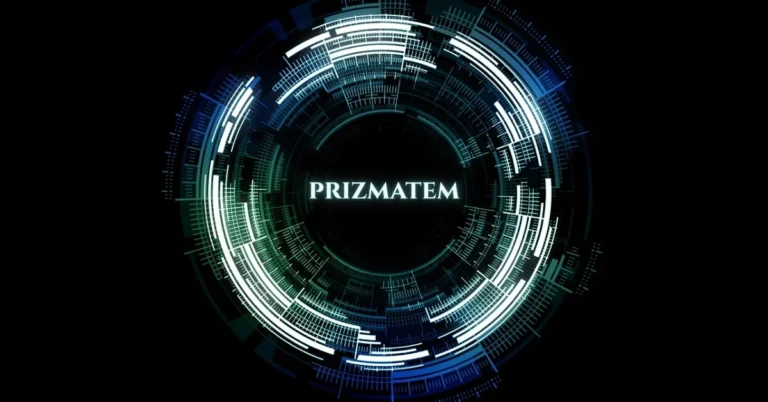Exploring Environmental Change: Insights from VoicesOfConservation org Blog
Introduction to a New Wave of Environmental Dialogue
In today’s increasingly fragile world, conversations about sustainability have grown louder and more urgent. However, few platforms focus solely on creating a space where diverse stories, local experiences, and global environmental issues intersect with meaningful discussion. That’s where the efforts from voicesofconservation org blog stand out.
Rather than simply documenting climate-related facts, the blog embraces storytelling and deep inquiry. It positions itself as more than an information source—becoming a movement powered by voices dedicated to defending the planet’s future.
A Platform Shaped by Real Voices
The central philosophy from voicesofconservation org blog lies in amplifying individual and community-based perspectives. Instead of one-dimensional content, the blog gives space to indigenous leaders, researchers, students, volunteers, and eco-innovators to share their insights.
This inclusive approach fosters a wide array of narratives—ranging from on-the-ground conservation efforts to personal reflections on deforestation, ocean waste, or species protection. The emphasis on authentic voices invites deeper emotional connection, something that statistics alone cannot evoke.
Storytelling as an Engine of Conservation
One of the defining traits from voicesofconservation org blog is its commitment to powerful, experience-driven stories. These stories often highlight how environmental degradation affects real lives—like the farmer whose soil no longer supports crops, or the coastal villager whose home is threatened by rising tides.
By documenting these accounts, the blog turns distant issues into relatable realities. Readers aren’t just learning—they’re feeling, questioning, and in many cases, acting.
Beyond the Usual Green Talk
Environmental blogs often recycle similar types of content: tips for reducing waste, data on emissions, or coverage of policy. What sets from voicesofconservation org blog apart is its deeper philosophical and human-centered lens.
Posts regularly explore questions such as:
- How do cultural values influence conservation?
- What does it mean to “belong” to a landscape?
- Can grief for lost ecosystems be part of healing?
This thematic richness transforms each article into more than a message—it becomes an invitation to reflect and participate.
Featuring Local Wisdom and Global Patterns
Another striking feature from voicesofconservation org blog is its dual focus. While stories are local, their implications are global. A report on mangrove restoration in a small coastal town may serve as a mirror for dozens of other threatened ecosystems across continents.
Such content doesn’t just report. It connects. It encourages readers to draw parallels and realize how intertwined our natural challenges—and solutions—really are.
Youth, Indigenous Communities, and Women in Focus
Voices that have historically been sidelined now receive a dedicated stage from voicesofconservation org blog. Special sections often highlight:
- Youth climate leaders and their grassroots initiatives.
- Indigenous environmental defenders who protect ancestral land.
- Women conservationists whose efforts reshape local ecologies.
By lifting up these stories, the blog not only documents action—it champions equity in environmental leadership.
Real-Time Reflections on a Changing Planet
Unlike platforms that deal in abstract timelines or distant futures, posts from voicesofconservation org blog feel current and personal. Whether reflecting on a recent wildfire, a water crisis, or a reforestation success story, the blog remains rooted in the now.
It also welcomes submissions from readers, creating an evolving mosaic of lived experience that adapts with the Earth’s changing rhythm.
Bridging Science and Emotion
Scientific evidence plays a strong role in many articles from voicesofconservation org blog, but never at the expense of readability. Complex environmental dynamics are translated into clear, accessible language. More importantly, each post pairs data with feeling—helping readers process the emotional weight of today’s ecological news.
This blend of head and heart makes the blog distinct. It reaches those overwhelmed by statistics alone and invites them into understanding through empathy.
Educational without Being Overwhelming
Educators, students, and activists often find value in the balanced tone from voicesofconservation org blog maintains. While rich in ideas and references, articles avoid jargon, heavy technicality, or excessive citations.
Instead, the focus is clarity—ensuring that whether you’re a PhD student or high schooler, you can engage with the material. The learning is layered, natural, and often action-oriented.
Inspiring Everyday Action
Many posts subtly or directly encourage personal or community response. Whether it’s changing consumption habits, joining a local clean-up, or supporting policy shifts, the blog helps readers move from awareness to involvement.
But instead of preaching, from voicesofconservation org blog illustrates what action can look like through lived example—by narrating the experience of someone who’s already taken that step.
A Living Library of Hope
Perhaps the most uplifting aspect of this blog is how much it offers in terms of hope. Despite covering some of the planet’s darkest crises, it never feels pessimistic. The stories are real, yes—but they often show resilience, adaptation, and victories.
From small-scale garden movements to ambitious conservation programs, readers walk away with a sense that their contribution—no matter how small—can matter.
Why This Blog Matters More Than Ever
In an age of misinformation, burnout, and climate anxiety, having a grounded space that respects both knowledge and emotion is rare. The content from voicesofconservation org blog doesn’t just inform—it heals, mobilizes, and transforms.
It serves not only as a digital archive of conservation work but also as a kind of mirror—reflecting how human beings relate to their world and how they might preserve it together.






